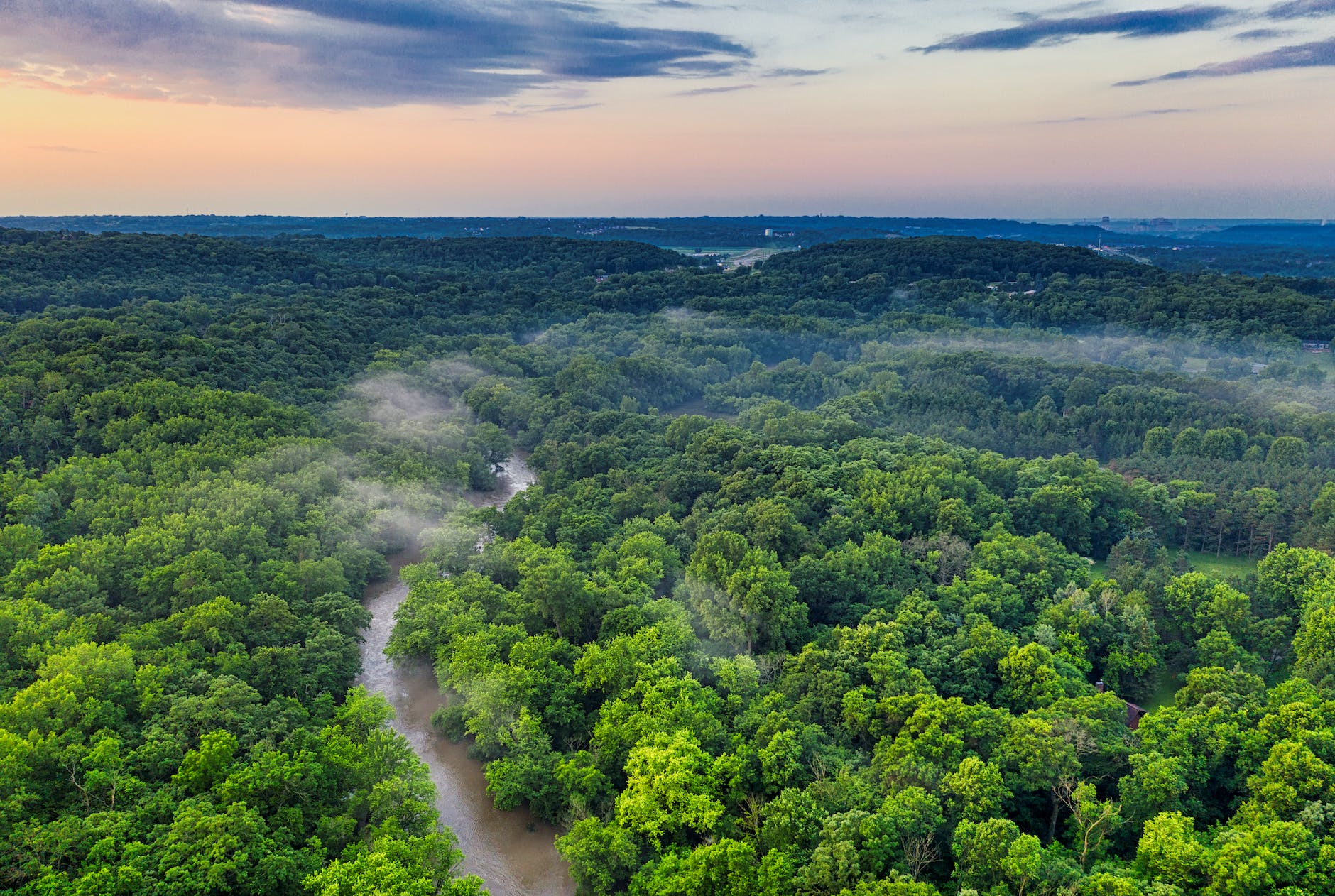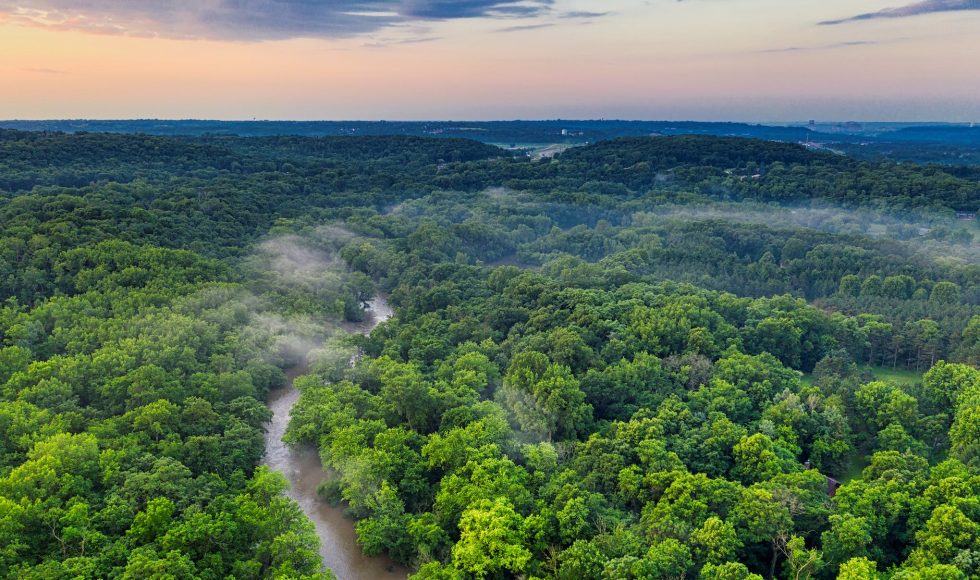Tonight I watched Jhakelin Gloria Reyes Vasquez from the Amazon Conservation Association in Peru present at the Nanopore Community Meeting 2022. The title of the fifteen-minute session was “Population monitoring with in situ conservation genetics in the Peruvian Amazon.” Reyes Vasquez spoke about the concept of one health that combines communication, collaboration, coordination and capacity building with the goal of one health. The first in situ lab is in the middle of the rain forest four hours from populations and in a mining area. Some of the water is contaminated with mercury, Reyes Vasquez noted. The most biodiverse areas have a very small proportion of genetically characterized organisms. An in situ lab would help obtain information, and the images they shared had an Opentrons OT-2, MinION device, and lab equipment. The lab is one and a half years old and also serves the purpose of helping with disease surveillance. The lab has also started DNA barcoding and metagenomics studies. Their studies started with an annual mark-recapture primate program that has been running since 2009. Using 26 genomes from the initiative, SNP maps were created. Primers were designed and validated with 32 samples. The primers were designed to be multiplex and compatible with Illumina and ONT. The sequencing was done on MinION devices after normalizing amplicon concentrations. Reyes Vasquez explained that they tried two library prep procedures and compared the results. They used both Flongle and MinION flow cells. One protocol had intriguing pore occupancy, and they spiked in library to increase pore occupancy. They continue to improve the process and will use kit 14 chemistry next. The genotyping was done with an existing pipeline. This project was supported by funding from several foundations and researchers.



